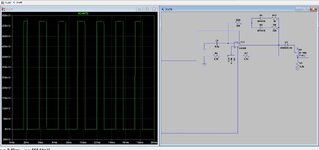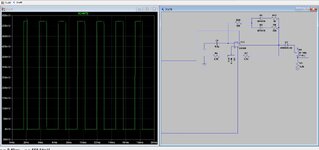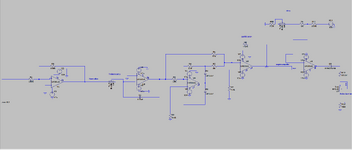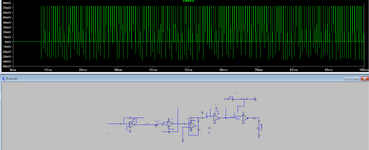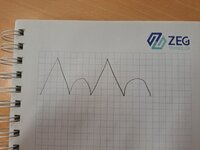ahmetkara4635
Newbie level 5

As a project assignment, we were asked to design a signal generator. A variable amplitude between 80 mV and 2V. A variable frequency between 355 Hz and 3 KHz and duty between 10% and 90%.
As a result of my research, I found the Pulse section as follows. I have two problems. First, as the duty changes, the frequency also changes. I control the second output voltage with a voltage divider and I get the correct result only when the value of the pot is maximum and minimum.
As a result of my research, I found the Pulse section as follows. I have two problems. First, as the duty changes, the frequency also changes. I control the second output voltage with a voltage divider and I get the correct result only when the value of the pot is maximum and minimum.
